Every year, up to 700,000 patients are infected with germs during a hospital stay. GWA Hygiene is using artificial intelligence to check whether hospital staff are disinfecting their hands frequently and thoroughly enough.
Video: GWA Hygiene develops intelligent sensors (KfW Group/n-tv). This video is only available in German.
A strong wind is blowing in from the Baltic Sea and whistling around the Stralsund innovation centre and business incubator. In just under six years after its founding, GWA Hygiene is the largest tenant in the unpretentious building, with premises spread over three floors. On a tour of the 31-employee start-up, Maik Gronau, one of the founders, leads visitors through many stairways and corridors.
In the ground-floor warehouse, hundreds of round Bluetooth-capable sensors have just been delivered. They were assembled in a Stralsund workshop for people with disabilities and can be attached to clothing. The plastic part looks unremarkable. But it conceals highly sophisticated monitoring software – artificial intelligence to optimise hand hygiene. It instantly shows where and how much disinfectant is being used.
The sensor records data from disinfectant dispensers in clinics. A dispenser releases approximately 1.5 millilitres of liquid when its lever is pressed. Pressing the lever two or three times should be sufficient to thoroughly disinfect hands: fingertips, wrists and the spaces between the fingers. The sensor detects whether the lever has been pressed with sufficient force and depth, enabling it to calculate exactly how much has been dispensed.
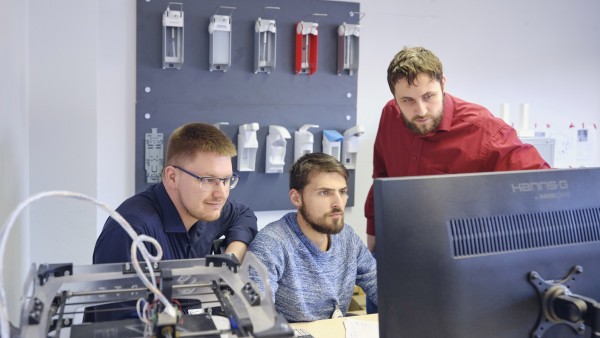
New solutions
Maik Gronau (left) and his team are experimenting a lot, for example to equip mobile dispensers with sensors. The goal is to include all fixed and mobile dispensers in the analysis.
Maik Gronau explains how he came up with the idea for this development, which was christened “NosoEx” by GWA Hygiene’s founding team: “As a student I was in hospital and noticed how often the doctor disinfected his hands. He told me about the ‘five moments for hand hygiene’. They dictate exactly how often disinfection has to take place. Of course, mistakes happen. However previously, there generally weren’t any consequences because the only way to analyse these mistakes was to look at the disinfectants purchased”.
Health care facilities were just comparing quantities of disinfectant purchased against the number of patients. A somewhat simple calculation, Gronau thought. His curiosity was sparked. So he discussed it with a fellow student and future co-founder, Dirk Amtsberg. “The solution seemed obvious to us. Analysis software and sensors on dispensers were needed to create an index of disinfection behaviour”. Disinfectant consumption is then correlated with the number of doses that should have been dispensed.
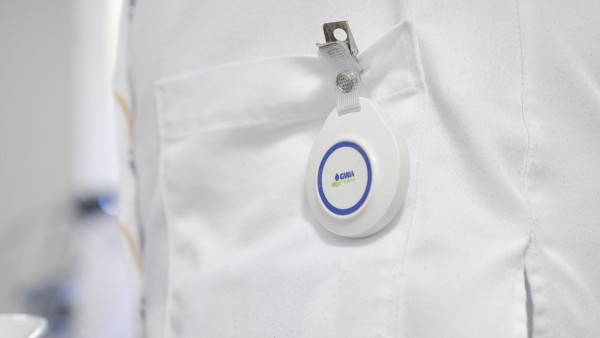
Artificial intelligence
The Bluetooth-enabled sensors are assembled in a Stralsund workshop for people with disabilities and can be attached to clothing.
Their first rough design won an ideas competition at their university. Mechanical engineering graduate Marcel Walz read about it on Facebook and invited Gronau and Amtsberg to his home in a flat-share. By the end of the evening, it was clear that something was going to happen! Walz became a co-founder and later the brains behind the hardware and the head of technology at GWA. Maik Gronau recalls: “What I really wanted was to finish my degree quickly, get a job and start earning money. Starting up my own business had never crossed my mind”. Laughing, he adds: “But we had so much encouragement, we couldn’t resist!”
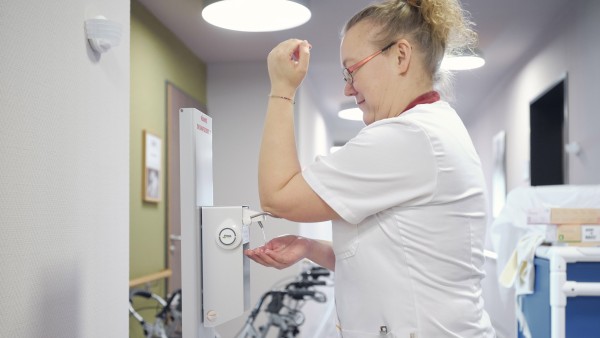
Data security
Employees take any transponder from a box at the beginning of the shift and return it at the end of their working day. The data record inside the transponder cannot be traced to a single person.
An advisor drew the team’s attention to the Federal Government’s EXIST Business Start-up Grant, which supports new companies in their start-up phase. The grant of 100,000 euros secured the first year of research. To test their idea, the founders equipped the entirety of Stralsund University with disinfection dispensers and a sensor system. The data they collected was used to further develop their software. They also worked on a transponder for the staff so that hand disinfection could be individually tracked.
“Data records cannot be linked to individuals,” explains Maik Gronau. “The employees take any transponder from a box at the beginning of the shift and return it at the end of their working day. The data tracked is only by occupation. For example, doctors wear blue tags and nurses wear green tags. This makes sense because the different occupations perform different tasks. If a doctor only makes a brief visit, he has fewer disinfection processes to follow than someone who changes a bandage”.
Before data is collected, the NosoEx system is configured with the individual requirements of the facility being analysed. If, for example, a clinic has a ward with 500 beds, the disinfectant dispensers are counted as well as the occupancy of the patient rooms and the number of disinfections required – this can be higher in an intensive care unit than, for example, in a delivery room. All of this is modelled within the software.
Health care facilities receive analyses via a user-friendly system interface. These show how many mandatory disinfections have been performed properly. If the index is low, thought is given – often in consultation with GWA customer advisors – to how staff awareness can be improved. Training could be one measure.
Financing for the initial years of business was reliably secured through funding from the state’s innovation programme and KfW’s ERP support. In the second half of 2018, the High-Tech Start-up Fund (High-Tech Gründerfonds (HTGF)) and other backers joined with 2.5 million euros. “Some of the HTGF’s funds are invested in companies from the medical technology, digital health, pharmaceutical and chemical sectors,” explains Marco Winzer, a partner at HTGF. “We consider ourselves a platform,” he says and points out that start-ups not only receive financing from the HTGF but can also benefit from the know-how and expertise of the entire network and fund investors.
A key to success was that the founders, who came from outside the industry, have consistently tailored their solution to the needs of their customers. The solution needed to be easy to integrate into existing routines and systems, user-friendly and inexpensive. Today there are two sales channels: “We present our system to health care facilities and we cooperate with the disinfectant manufacturers. They are in a fierce price competition with one other and offer our solution as added value when selling their products,” explains Maik Gronau.
The team of developers, engineers and business economists has installed its products in 35 health care facilities in German-speaking countries and in eleven other European countries. There is also interest from Latin America, the Middle East and Asia. At the same time, the system is constantly undergoing further development, and new products are being patented, such as a mobile disinfectant dispenser with integrated sensor. Consultancy services are also becoming increasingly important. “We want to become the digital assistant for hospital systems and help to create the smart hospital,” says Tobias Gebhardt. Maik Gronau adds: “I became an entrepreneur more by accident. But a start-up like this one is cool! We are doing something here that is important and challenging at the same time. Working together to shake up the health care sector is something we all enjoy immensely”.
Published on KfW Stories on 19 April 2019, updated 11 June 2021.
The described project contributes to the following United Nationsʼ Sustainable Development Goals
Goal 3: Ensure healthy lives and promote well-being for all at all ages
Health is the goal, prerequisite and result of sustainable development. Supporting health is a humanitarian requirement – both in developed and developing countries. Around 39 per cent of the worldʼs population lives without health insurance. In poor countries, this amount even exceeds 90 per cent. Many people still die from diseases that are not necessarily fatal with the right treatment, or that could easily be prevented with vaccinations. Strengthening health systems, particularly by making vaccines widely available, can make it possible for us to drive these diseases back and even eradicate them by 2030.

All United Nations member states adopted the 2030 Agenda in 2015. At its heart is a list of 17 goals for sustainable development, known as the Sustainable Development Goals (SDGs). Our world should become a place where people are able to live in peace with each other in ways that are ecologically compatible, socially just, and economically effective.

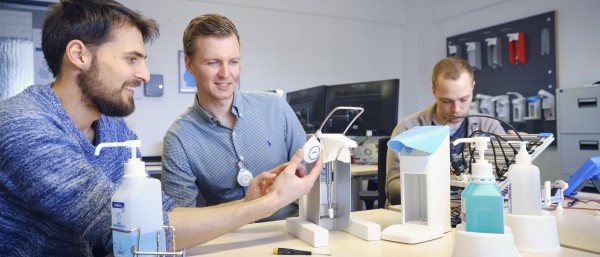
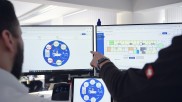
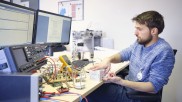
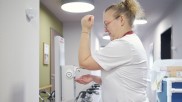
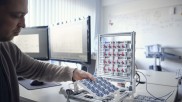
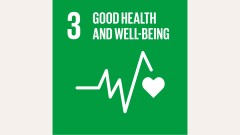
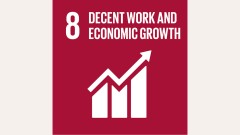
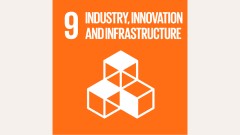

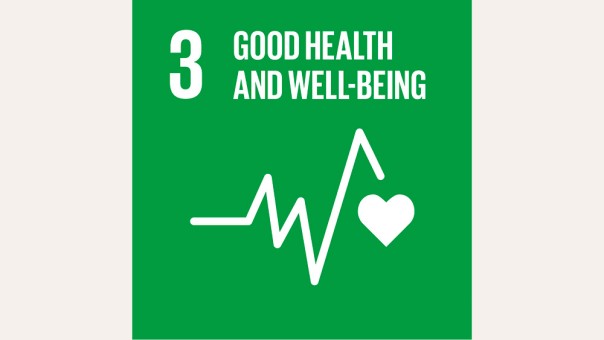
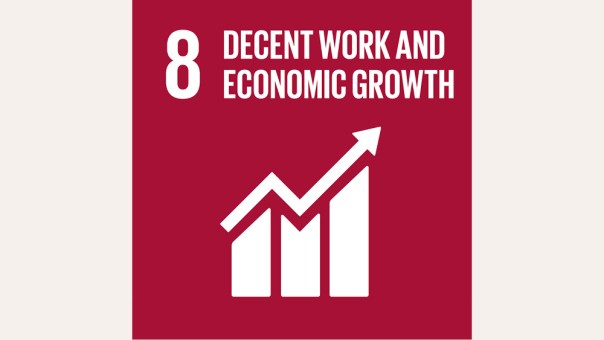
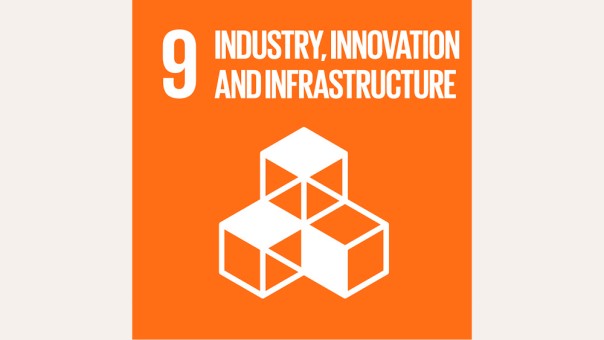

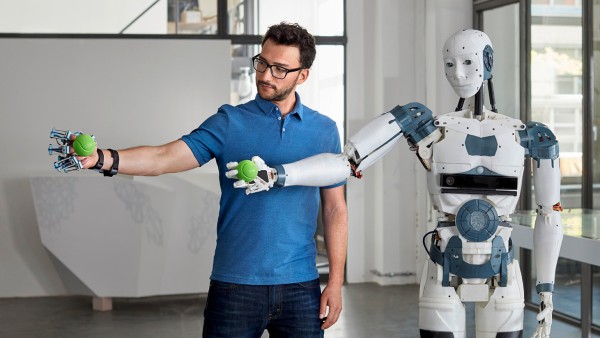
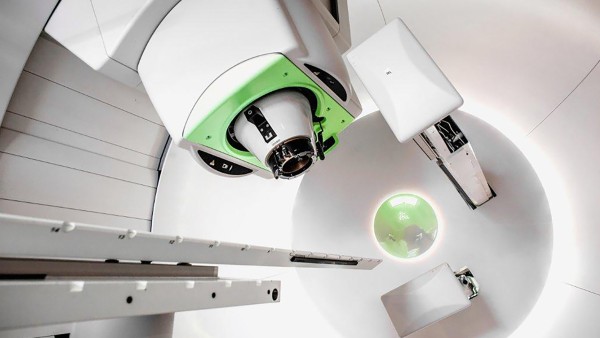
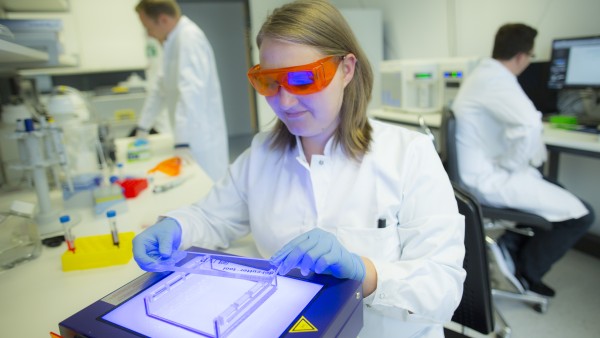
Data protection principles
If you click on one of the following icons, your data will be sent to the corresponding social network.
Privacy information